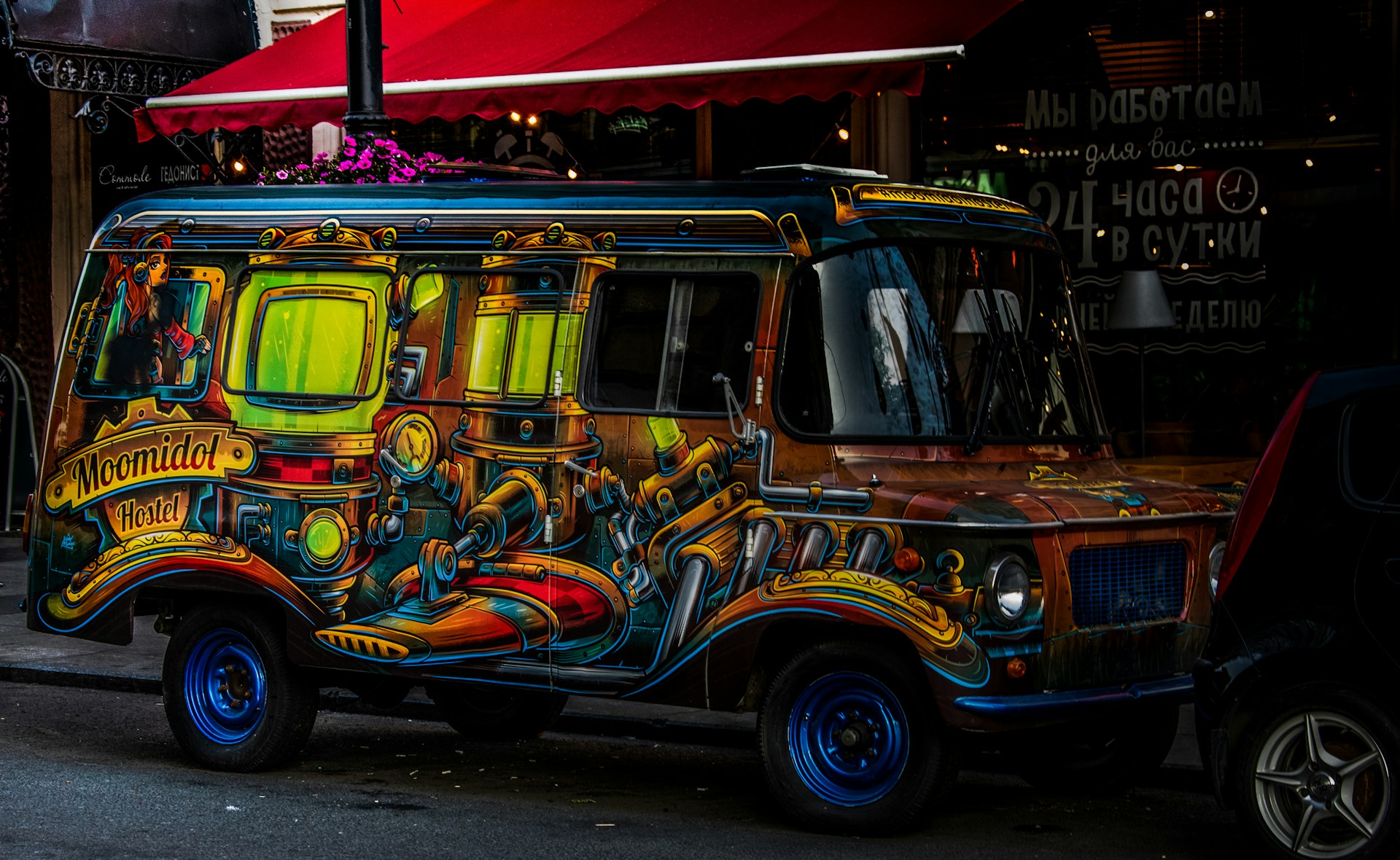The jeepney. Just the word conjures up images of vibrant colors, crowded streets, and the distinct rumble of a well-loved engine. It’s more than just a mode of transport; it’s practically woven into the fabric of Filipino culture. And you know what? It’s not just about the everyday commute. The jeepney has made its mark on Filipino cinema and literature, becoming a symbol of our identity, our struggles, and our resilience. I mean, seriously, is there anything more Filipino than a jeepney?
For decades, jeepneys have been the undisputed “Hari ng Kalsada” (King of the Road), ruling the streets of the Philippines. Originating from repurposed World War II military jeeps, these iconic vehicles have morphed into something truly special – colorful, often over-the-top, symbols of Filipino culture. But it’s not just about getting from A to B; jeepneys represent resilience, creativity, and that unique Filipino spirit of “diskarte” – finding ways to survive and thrive, no matter what.
I remember as a little girl in Manila, the jeepney was my window to the world. Each ride was an adventure, a sensory overload of sights, sounds, and smells. The vibrant colors, the religious icons, the quirky slogans – every jeepney told a story. And that’s exactly what I want to explore today: how these stories translate onto the big screen and into the pages of our books.
Jeepneys on the Silver Screen: A Moving Canvas of Filipino Life
Filipino cinema has always held a mirror to society, and the jeepney is often right there, reflecting the everyday realities of Filipino life. From gritty dramas to lighthearted comedies, the jeepney serves as a microcosm of our society, a place where different walks of life converge.
Think about it. How many Filipino films feature a scene inside a jeepney? Probably dozens, right? It’s a natural setting for storytelling. You have a confined space, a diverse group of characters, and a shared journey. It’s a pressure cooker of human interaction, perfect for exploring social dynamics, romantic encounters, or even just a slice of everyday life. I mean, who hasn’t had a memorable (or maybe not-so-memorable!) experience on a jeepney?
One of the things I find fascinating is how jeepneys are used to depict social issues in Filipino films. They can represent the struggles of the working class, the challenges of urban life, or the sense of community that binds us together. The jeepney becomes a symbol of our collective experience, a reminder of where we come from and where we’re going.
And let’s not forget the aesthetic aspect! The vibrant colors and unique designs of jeepneys add a visual flair to Filipino films, reflecting the country’s diverse culture and humor. Each jeepney, with its religious images, witty sayings, and personalized touches, tells a unique story. It’s like a moving art gallery, adding depth and character to the cinematic landscape. Honestly, you could make a whole film just about the art on jeepneys!
Jeepneys in Literature: Metaphors on Wheels
But the jeepney’s influence doesn’t stop at the cinema. It has also found its way into Filipino literature, serving as a powerful metaphor for our identity and our journey as a nation. Writers often use the jeepney to explore themes of community, resilience, and the Filipino spirit of “bayanihan” (communal unity and cooperation).
In poems and short stories, the jeepney can represent the chaotic beauty of Filipino life, the constant hustle and bustle, and the unexpected encounters that shape our lives. It becomes a symbol of our ability to adapt and thrive in the face of adversity. After all, the jeepney itself is a testament to Filipino ingenuity, born from the remnants of war and transformed into something uniquely our own. It’s pretty cool when you think about it.
And of course, music! Who can forget songs like Yeng Constantino’s “Jeepney Love Story” or Sponge Cola’s “Jeepney”? These songs capture the romantic and nostalgic feelings associated with jeepney rides, turning the everyday commute into a soundtrack for our lives. It’s amazing how a simple ride can inspire such creativity and emotion!
Facing the Future: Preserving the “Hari ng Kalsada”
But as much as we celebrate the jeepney, we can’t ignore the challenges it faces. With modernization efforts pushing for electric jeepneys and stricter regulations, the traditional jeepney is facing an uncertain future. And it’s a tough one, right? Progress is necessary, but we also need to preserve our cultural heritage.
Many Filipinos believe that these iconic vehicles should not be phased out but rather improved and preserved as a vital part of our identity. The jeepney is more than just a mode of transport; it’s a symbol of Filipino adaptability, camaraderie, and our unique brand of creativity. Seriously, can you imagine the Philippines without jeepneys? It just wouldn’t be the same.
The international literature often draws parallels between the jeepney and other globally recognized cultural transport symbols, like Hong Kong’s Star Ferry or London’s double-decker buses. But the jeepney, I think, is uniquely celebrated for its grassroots origins and deep ties to the struggles and creativity of the Filipino people. It’s a symbol of our ability to take something old and make it new, to find beauty in the everyday, and to create a sense of community wherever we go.
The Jeepney Legacy: A Continuing Story
So, as we move forward, let’s remember the role of the jeepney in our cinema and literature. It’s a symbol of who we are, where we’ve been, and where we’re going. The jeepney is a reminder of our resilience, our creativity, and our unwavering spirit. And no matter how the roads change, the “Hari ng Kalsada” will always hold a special place in the heart of the Philippines. I truly believe that. It’s more than just a ride, it’s a part of us.
The jeepney’s story is far from over. It continues to evolve, adapt, and inspire new generations of Filipinos. And I, for one, am excited to see what the future holds for this iconic symbol of our culture. Maybe one day, we’ll see a jeepney flying through space in a sci-fi film! Who knows? The possibilities are endless, as long as we keep the spirit of “diskarte” alive.

